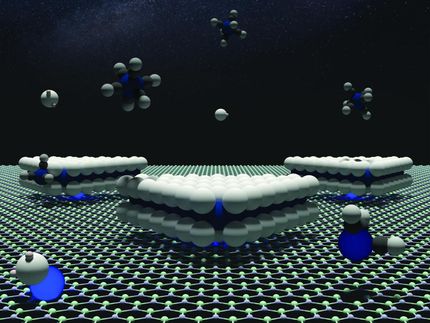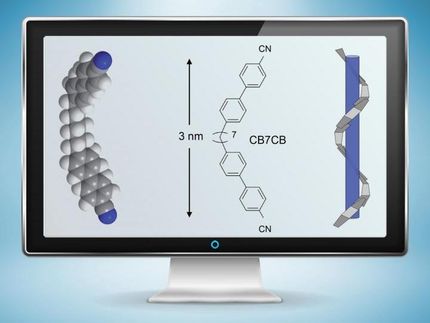Carbon nanotube computing?
Single-walled carbon nanotube composites show great promise for many things - including use as a material in 'unconventional' computing
As we approach the miniaturization limits of conventional electronics, alternatives to silicon-based transistors--the building blocks of the multitude of electronic devices we've come to rely on--are being hotly pursued.
Inspired by the way living organisms have evolved in nature to perform complex tasks with remarkable ease, a group of researchers from Durham University in the U.K. and the University of São Paulo-USP in Brazil is exploring similar "evolutionary" methods to create information processing devices.
In the Journal of Applied Physics, from AIP Publishing, the group describes using single-walled carbon nanotube composites (SWCNTs) as a material in "unconventional" computing. By studying the mechanical and electrical properties of the materials, they discovered a correlation between SWCNT concentration/viscosity/conductivity and the computational capability of the composite.
"Instead of creating circuits from arrays of discrete components (transistors in digital electronics), our work takes a random disordered material and then 'trains' the material to produce a desired output," said Mark K. Massey, research associate, School of Engineering and Computing Sciences at Durham University.
This emerging field of research is known as "evolution-in-materio," a term coined by Julian Miller at the University of York in the U.K. What exactly is it? An interdisciplinary field blends together materials science, engineering and computer science. Although still in its early stages, the concept has already shown that by using an approach similar to natural evolution, materials can be trained to mimic electronic circuits--without needing to design the material structure in a specific way.
"The material we use in our work is a mixture of carbon nanotubes and polymer, which creates a complex electrical structure," explained Massey. "When voltages (stimuli) are applied at points of the material, its electrical properties change. When the correct signals are applied to the material, it can be trained or 'evolved' to perform a useful function."
While the group doesn't expect to see their method compete with high-speed silicon computers, it could turn out to be a complementary technology. "With more research, it could lead to new techniques for making electronics devices," he noted. The approach may find applications within the realm of "analog signal processing or low-power, low-cost devices in the future."
Beyond pursuing the current methodology of evolution-in-materio, the next stage of the group's research will be to investigate evolving devices as part of the material fabrication "hardware-in-the-loop" evolution. "This exciting approach could lead to further enhancements in the field of evolvable electronics," said Massey.
Original publication
M.K. Massey, A. Kotsialos, F. Qaiser, D.A. Zeze, C. Pearson, D. Volpati, L. Bowen and M.C. Petty; "Computing with Carbon Nanotubes: Optimization of Threshold Logic Gates using Disordered Nanotube/Polymer Composites."; Journal of Applied Physics 2015.
Most read news
Original publication
M.K. Massey, A. Kotsialos, F. Qaiser, D.A. Zeze, C. Pearson, D. Volpati, L. Bowen and M.C. Petty; "Computing with Carbon Nanotubes: Optimization of Threshold Logic Gates using Disordered Nanotube/Polymer Composites."; Journal of Applied Physics 2015.
Organizations
Other news from the department science

Get the chemical industry in your inbox
By submitting this form you agree that LUMITOS AG will send you the newsletter(s) selected above by email. Your data will not be passed on to third parties. Your data will be stored and processed in accordance with our data protection regulations. LUMITOS may contact you by email for the purpose of advertising or market and opinion surveys. You can revoke your consent at any time without giving reasons to LUMITOS AG, Ernst-Augustin-Str. 2, 12489 Berlin, Germany or by e-mail at revoke@lumitos.com with effect for the future. In addition, each email contains a link to unsubscribe from the corresponding newsletter.



























































